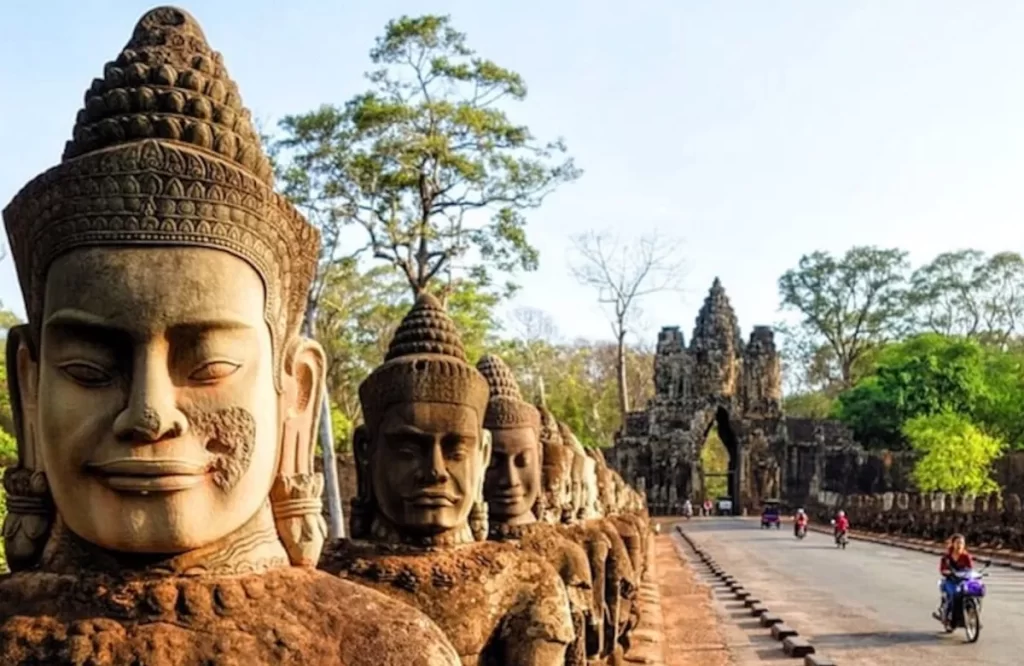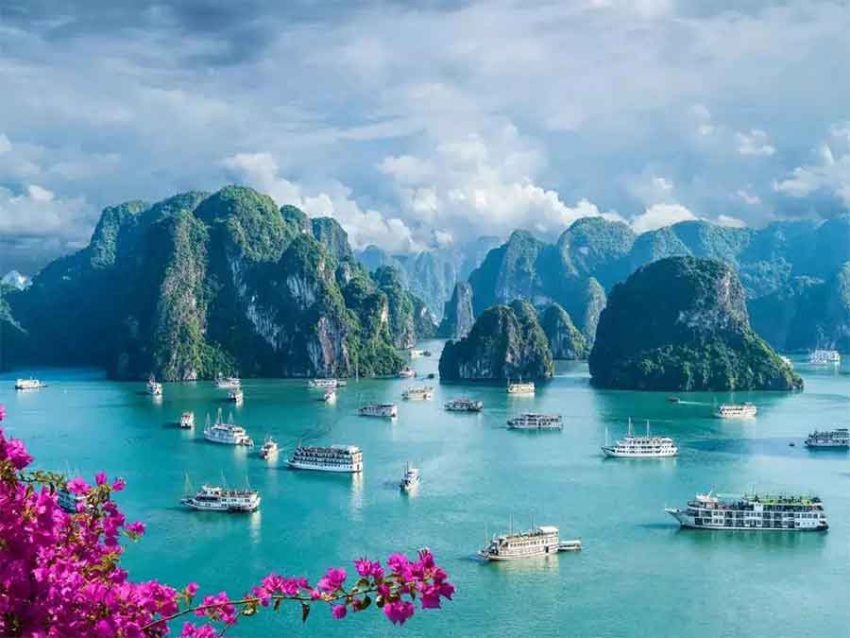Saturday, April 13, 2024

Asia, with its vast and varied landscapes, is home to an impressive array of UNESCO World Heritage Sites that showcase the continent’s rich cultural heritage and natural beauty. From ancient ruins to living cities and remarkable natural reserves, these sites offer a deep dive into the history and traditions that shape the region. Here’s an in-depth look at some of the best UNESCO World Heritage Sites across Asia.
The Great Wall of China
Spanning over 13,000 miles, the Great Wall of China is not just a marvel of engineering but also a testament to the historical significance of defense in Chinese civilization. Built between the 5th century BC and the 16th century, the Wall was erected by various Chinese dynasties to protect against invasions from the north.
The Great Wall traverses several provinces from Shanhaiguan in the east to Jiayuguan in the west, featuring watchtowers, barracks, and garrison stations. It’s not only a symbol of China’s strength and perseverance but also a stunning scenic backdrop that offers insight into China’s feudal history.

Angkor Wat, Cambodia
Angkor Wat, a symbol of Cambodia’s heart and soul, is the world’s largest religious monument. Built in the early 12th century by King Suryavarman II, this architectural masterpiece was first intended as a Hindu temple, later transforming into a Buddhist site. Angkor Wat is renowned for its grand scale and intricate artwork, including miles of bas-reliefs and hundreds of devatas (guardian spirits) adorning its walls. The temple complex represents the epitome of Khmer architecture and stands as a proud marker of Cambodian culture.

Taj Mahal, India
Located in Agra, India, the Taj Mahal is an enduring symbol of love, constructed by Emperor Shah Jahan in memory of his wife Mumtaz Mahal. This iconic ivory-white marble mausoleum combines elements from Islamic, Persian, Ottoman Turkish, and Indian architectural styles. Built between 1632 and 1653, the Taj Mahal is admired globally for its breathtaking beauty and intricate craftsmanship. It sits on a vast 42-acre estate that includes a mosque, a guest house, and the main gateway. The complex also features extensive ornamental gardens with a reflecting pool that mirrors the wondrous facade.

Historic Villages of Shirakawa-gō and Gokayama, Japan
Nestled in the remote mountains of the Chubu region, Shirakawa-gō and Gokayama are picturesque villages known for their traditional gassho-zukuri farmhouses, some of which are more than 250 years old. The architectural style is characterized by steep thatched roofs designed to withstand the heavy snowfall of the area. These villages illustrate a traditional way of life that is perfectly adapted to the environment and the social and economic imperatives of a different period. The scenic landscapes and the preserved traditional houses offer a glimpse into Japan’s cultural fabric that has withstood the test of time.

Ha Long Bay, Vietnam
Ha Long Bay in northern Vietnam is renowned for its emerald waters and thousands of towering limestone islands topped with rainforests. Legend says that dragons created the islets and rocks to protect Vietnam from invaders. A UNESCO World Heritage Site since 1994, Ha Long Bay is notable for its spectacular seascape and its variety of biodiversity. Boat tours and sea kayak expeditions take visitors around the bay’s islands, many of which feature vast caves and are home to a variety of birds and endangered species. The site’s natural beauty and ecological significance make it a pivotal part of Vietnam’s tourism draw.
These UNESCO World Heritage Sites are just a few highlights of what Asia has to offer. Each site provides a unique window into the cultural and natural treasures of the continent. Exploring these places not only enriches knowledge about diverse histories and geographies but also fosters a deep appreciation for the preservation efforts that keep these wonders alive for future generations.
Whether it’s the architectural grandeur of the Taj Mahal, the historical depth of Angkor Wat, the strategic importance of the Great Wall, the cultural preservation in Shirakawa-gō, or the natural beauty of Ha Long Bay, Asia’s heritage sites are unmatched in their allure and significance.
Monday, April 29, 2024
Monday, April 29, 2024
Tuesday, April 30, 2024
Monday, April 29, 2024